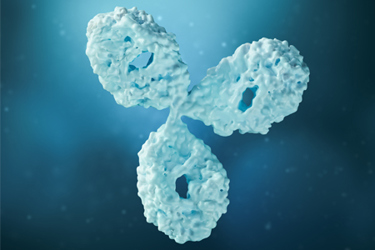Optimizing TFF And SPTFF For High-Concentration mAb Formulations

The final formulation of biopharmaceuticals, such as monoclonal antibodies (mAbs), typically involves tangential flow filtration (TFF). This method is generally executed in two main steps. Initially, ultrafiltration (UF) is employed to concentrate the mAbs. Following this, diafiltration (DF) is used to perform a buffer exchange, transitioning the mAbs into the final formulation buffer. This entire process can span several hours, during which the mAbs are continuously recirculated within the TFF system. This recirculation occurs under conditions of high pressure and shear forces. By the conclusion of the process, the mAbs are concentrated to the desired titer. However, it is important to note that during the final concentration phase, the risk of mAb aggregation increases significantly.
Explore how the chemical composition of the formulation buffer is crucial and how it plays a vital role in maintaining the stability of the mAbs to minimize their tendency to aggregate.
Get unlimited access to:
Enter your credentials below to log in. Not yet a member of Pharmaceutical Online? Subscribe today.
